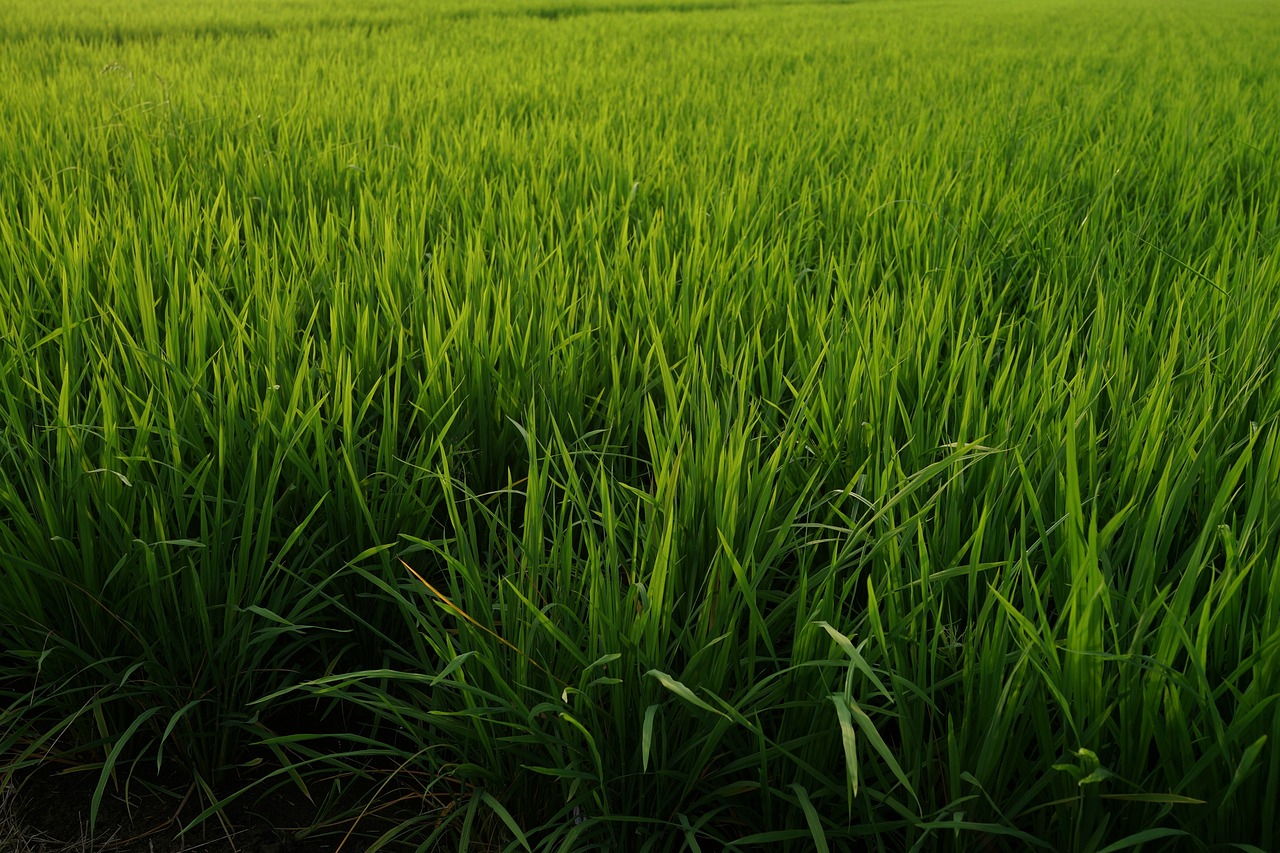Rice production in South Korea linked to government initiative
Rice production in South Korea is declining
In 2023, South Korea’s rice production fell by 1.6% compared to 2022. According to the FAS report, the decline in crop yield was due to measures introduced by the government. In the most recent period, the authorities introduced incentives for farmers to reduce rice area.
Korea’s final production of milled rice in 2023 was 3.7 million tonnes. The area planted decreased by 2.6% from the previous figures.
Reasons for the drop in production
The local government gave the following reasons for the decision to reduce the area:
— the need to decrease the surplus of cereals on the market;
— intention to increase the cultivation of high-quality varieties with better taste characteristics;
— the importance of reducing the production of high-yielding varieties of the crop;
— necessity to boost the volume of rice for flour production. The Korean government has offered favourable subsidy terms to farmers. It has also introduced several initiatives to encourage the production of new varieties rather than traditional ones.
The Korean government has offered favourable subsidy terms to farmers. It has also introduced several initiatives to encourage the production of new varieties rather than traditional ones.
According to FAS analysts, one of the prerequisites for change in Korea’s agricultural sector is new research into rice production. According to them, innovations will produce less methane emissions than traditional varieties. In this way, the government hopes to reduce the negative impact on the environment.
The «Baro-mi 2» variety, used to make flour, was found to reduce methane emissions by 36.2%. This is due to a reduction in the water retention time of the seed. The growing period for standard cereals is 136 days. While ‘Baro-mi 2’ has an increasing period of 117 days. The sowing date for this variety is the end of June. Whereas the sowing date for conventional varieties is the end of May.
Rice production forecast for the 2023-2024 season
At the end of 2023, FAS presented the South Korean rice crop forecast for the current season. Production should reach 3.6 million tonnes. The volume will decrease by 3% compared to the previous marketing year. Government incentives for farmers to switch to other crops continue to be a reason for the decline. The Korean authorities are offering producers the opportunity to reduce rice plantings by increasing soybean and wheat acreage.
Against this background, wheat production could increase. Its yield will likely reach 46 thousand tonnes. It’s the highest in South Korea for 40 years. At the same time, the government is aiming to increase wheat production to 60 thousand tonnes. Growing domestic demand for products made from this crop is behind these plans. First, it is bread and pastries, which came to local European cuisine.
